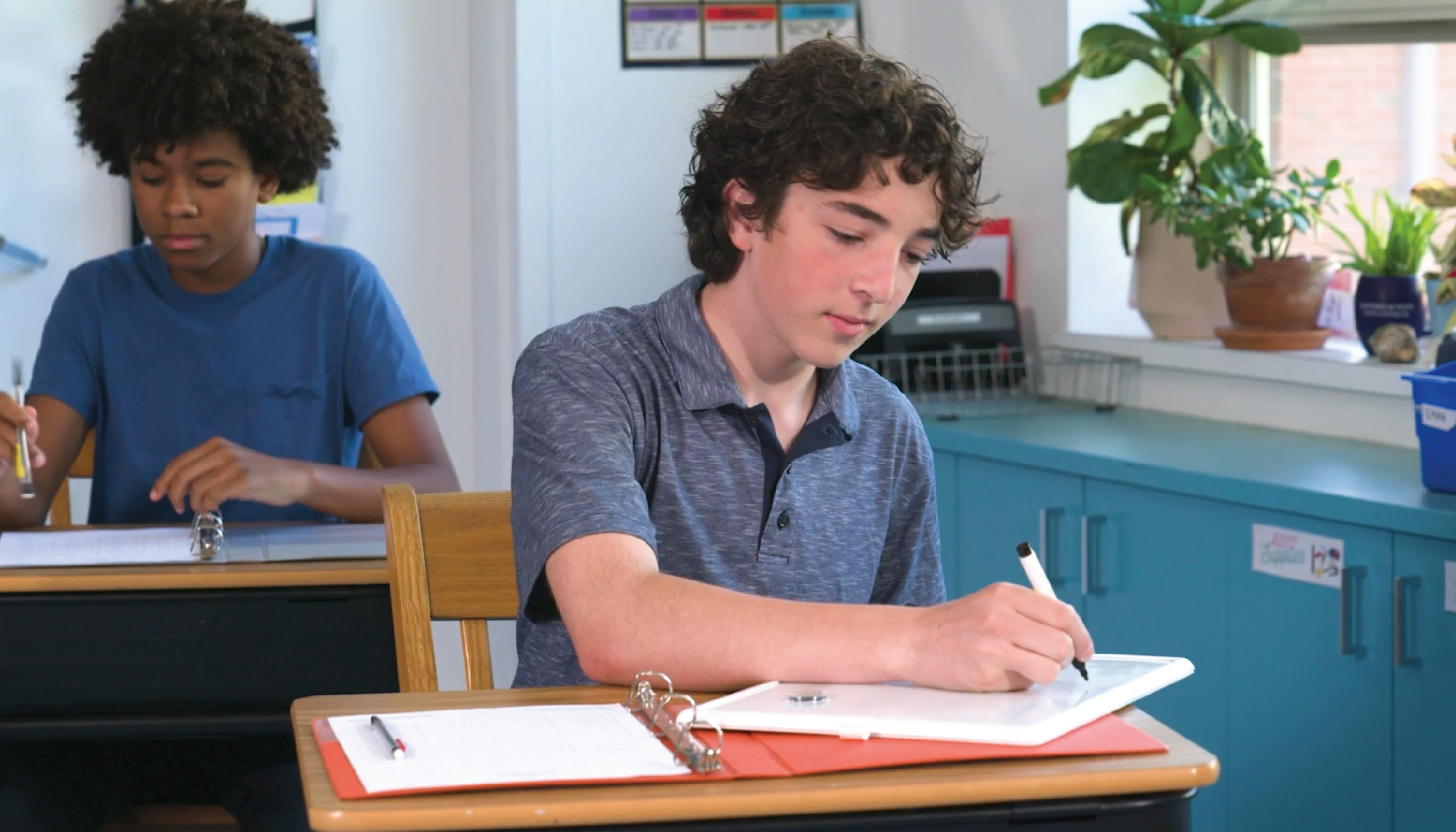Introduction
Every individual learns differently, and understanding one’s own learning style can be crucial for success and confidence in the learning process. This is especially important for educators working with students in special education. In this blog post, we will explore the four most popular learning styles: visual, auditory, reading or writing, and kinesthetic. We will also discuss a no-prep activity that can help students identify their learning style, provide discussion questions to further explore the topic, mention related skills, and encourage you to sign up for free samples of learning materials at Everyday Speech.
No-Prep Activity: Learning Style Bingo
This activity requires no preparation or materials from the educator and can be easily implemented in the classroom. The objective is to help students identify their learning style by engaging in a fun and interactive game. Here’s how to play:
- Ask students to sit in a circle or in groups.
- Explain the four learning styles (visual, auditory, reading or writing, and kinesthetic) and give examples of each.
- Have each student think about which learning style they believe applies to them.
- Starting with one student, ask them to share an example of a time when they learned something using their preferred learning style.
- If other students agree that they also learn best in that way, they can raise their hands or give a thumbs up.
- Continue around the circle or group until every student has had a chance to share an example.
By the end of the game, students should have a better understanding of their own learning style and how it differs from their peers.
Discussion Questions
- Why is it important to know your learning style?
- Can a person have more than one learning style? Why or why not?
- How can knowing your learning style help you become a more successful learner?
- What strategies can educators use to accommodate different learning styles in the classroom?
- How can understanding the learning styles of others help build empathy and stronger connections between students?
Related Skills
In addition to understanding learning styles, there are other relevant skills that can help students in special education become more effective learners. These include:
- Self-awareness: Recognizing one’s own strengths, weaknesses, and preferences can help students better understand their learning style and adapt their approach accordingly.
- Active listening: Developing the ability to listen carefully and attentively can help auditory learners absorb information more effectively.
- Note-taking: For reading and writing learners, mastering note-taking techniques can improve their ability to retain and understand new information.
- Time management: Learning to manage time effectively can help students allocate appropriate time for tasks and activities that align with their learning style.
- Adaptability: Being open to trying new learning strategies and adapting to different situations can help students become more well-rounded learners.
Next Steps
Now that you have a better understanding of learning styles and how they can impact the learning process for special education students, consider implementing these insights in your classroom. To support your efforts, we encourage you to sign up for free samples of learning materials at Everyday Speech. These resources can help you better accommodate the diverse learning styles of your students and encourage their success and confidence as learners.






